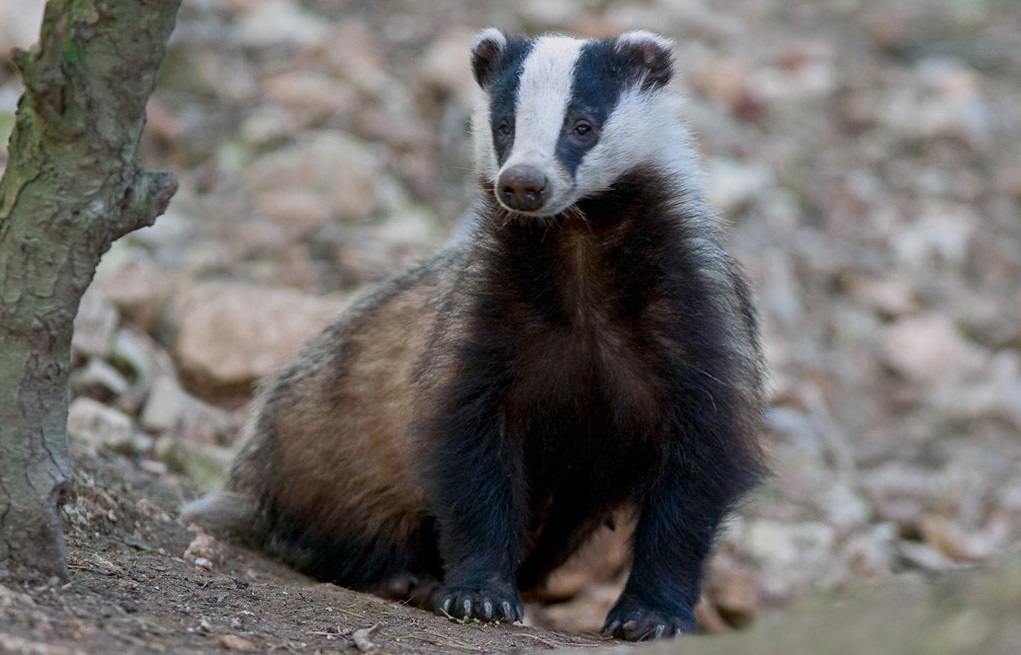Winter may still be holding its grip, but it's time to start looking for those first signs of spring.
Badger setts become a hive of activity in February. As you wonder through woodlands or near hedgerows, you may spot old bedding including straw, bracken and leaves appearing outside their burrows as badgers carry out some spring cleaning and gather new bedding in readiness for the birth of cubs, which are due anytime now. The cubs will remain underground until April or May.

Our tip
Snowdrops line roadside verges, hedge bottoms, woodland tracks and gardens of great houses between January and March. They're a welcome sign that winter is nearing its end. Enjoy the brief but spectacular displays of these delicate nodding white flowers at Mount Grace Priory, Castle Howard and Burton Agnes Hall near Driffield.
Also look out for:
- Wild primroses making their first appearance. Lovely clumps of cheery yellow flowers, clustered on roadside verges and woodland banks. Farndale and Rosedale are good places to see them.
- Roe deer, as the vegetation has died down, it's easier to see them at this time of year. Roe deer are relatively small, have a reddish, grey body with a grey face, and short antlers. You'll see them in most of the forests across the North York Moors, including Cropton and Dalby, picking their way through the mature trees or, on a bright and sunny morning, feeding amongst replanted young trees.
- While you're there, take the time to stop and listen too as there's a good chance you'll hear a great spotted woodpecker at work, the most common of our three native species. Listen for it drumming on dead wood – it's quite loud and has a hollow sound that carries through the woodland. With black and white plumage, and a deep red rump, the head of the male has a distinct black crown and red nape too.
Walk of the month
Head to Howdale Moor and Brow Moor, where short-eared owls feed along the coasts over winter and are commonly seen hunting during the day. You'll not forget your first encounter with one as it works low over the fields in the late winter sun. Where there are grassy areas, keep an eye out for finger-size grey owl pellets regurgitated and full of bones of their prey.
